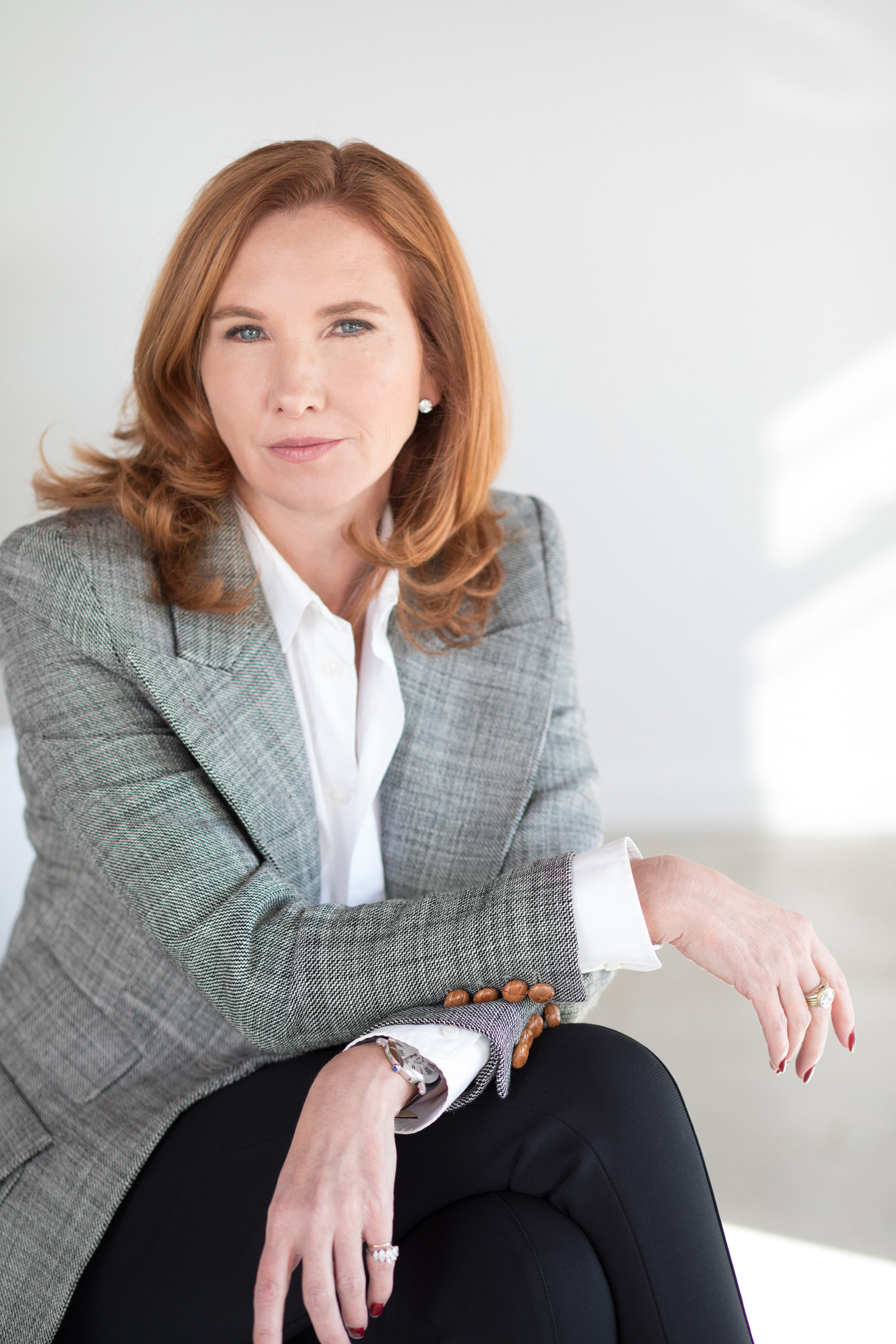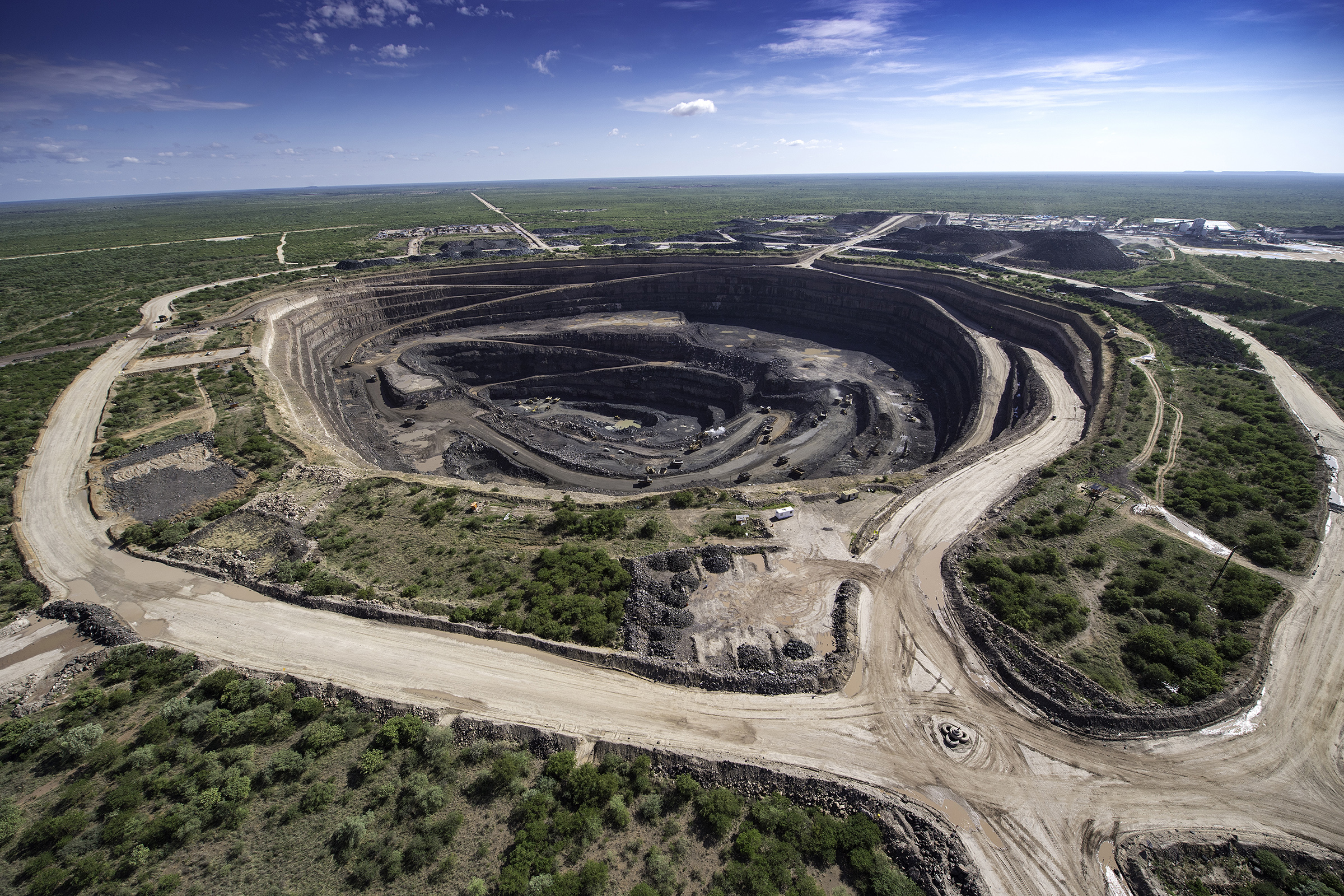In the Diamond Mind: Eira Thomas

I’ve interviewed many people who grew up in diamonds, but never someone with the discovery of them in their blood before. Eira Thomas is an explorer at heart. She spent the summers during her childhood “looking for things” in the Canadian bush with her father. Her success at the looking is summed up well by a recent title that ran in The New Yorker about her: “The Woman Shaking Up the Diamond Industry Finds Yet Another Huge Gem.” In one of my most far-ranging conversations for this column, Eira and I covered ground from the high Arctic to Botswana, discussing diamonds and the many facets of finding them.
Q: What’s the story of your first diamond?
Mine is probably different than most. I came into diamonds as a geologist and explorer, starting with an early-stage exploration project to look for diamonds in the Canadian Arctic.
The project started in 1991 and I was on the ground from day one. We were in the midst of a massive staking rush in Northern Canada, with hundreds of companies combing the region for diamonds. We found a number of kimberlites, the host rocks for diamonds, and believed we were getting close to a discovery. But by 1994, we had come up empty and we were on our last dollars.
That spring, on what would have been one of our last days of the exploration project, we drilled a discovery hole into a kimberlite called A154 South and in the drill core I saw a beautiful 2-carat mackle-shaped diamond sticking out of the rock. It was remarkable. It is virtually unheard of to find a visible diamond in a drill core. Today, that deposit is the Diavik Diamond Mine, one of the richest diamond deposits by grade and value in the world, and that mackle was my first diamond.
Q: What excites you most at the moment?
Expanding the Karowe diamond mine underground. Karowe has already produced some very large, historic diamonds, like the 1,109-carat Lesedi la Rona, the 813-carat Constellation and the 1,758-carat Sewelô, and we believe the recovery of an even larger diamond is possible in the future.
I’m also excited to tell the story of natural diamonds more broadly through our partnership with Louis Vuitton and the HB Group, on the Sewelô, the largest diamond to have ever been recovered in Botswana. The Sewelô, which means “rare find” in Setswana, is complex and largely coated in black diamond, but with hints of white diamond within; its interior has yet to be revealed. Discovered at the Karowe mine in Botswana last year, it represents the potential of diamonds to bring economic development to communities around the world. During the months to come, Louis Vuitton will exhibit the rough diamond globally, building awareness about natural diamonds and Botswana, and then the plan is to cut the rough stone into polished diamonds, which will inspire a new collection. Fittingly, 5% of the proceeds will return to Botswana through social programs.

Q: What is your intention for the year ahead?
To continue ramping up sales through our patented, web-based digital marketplace, Clara. Clara uses technology to transform the current prevailing rough diamond supply chain, where, our customers are able to buy rough diamonds individually, based on their specific requirements. Essentially, Clara matches individual requests for polished gems with the optimal rough stones sitting in inventory and available to fulfil that order. Clara speeds things up, adds efficiencies, and unlocks significant value for buyers and sellers alike. The restrictions placed on travel during the COVID-19 pandemic compound the rationale behind our industry’s need to modernize and we have seen interest in Clara ramp up dramatically during the first half of the year.
Q: What’s your greatest indulgence?
Spending time in Africa with my family. I try to take my two kids out into the wilderness on safari pretty regularly. The more remote, the better. I seldom take time off work, so when I do, I want to do something special. I find our trips to Africa wonderfully rewarding and my kids are real adventurers.
Q: What diamond destination is at the top of your list?
A large diamond deposit owned by North Arrow Minerals that is located in the high Arctic, near the town of Naujaat. The deposit contains an unusual population of very rare, orange and yellow-orange diamonds.
Q: What inspired you to pursue a career in jewelry?
I grew up in exploration. My father is an explorer and, growing up, we spent the summers in remote places, mostly in northern Canada, running around the bush looking for things. I loved it. When I went to university, I pursued a degree in geology and then began work on the exploration project mentioned earlier. I worked on it with my father. He is one of the biggest influences and most important mentors in my life.
Q: What moment still blows your mind?
Besides the discovery of the mackle diamond discussed earlier, the day we discovered the Lesedi La Rona diamond, without question. The 1,109-carat rough diamond was found by Lucara in the Karowe mine in Botswana in 2015. The color and clarity were near perfect. The next day, we recovered the 813-carat Constellation. We believe both gems were part of the same stone at one point, which was broken apart within the earth. It was one of those moment when you cannot fathom its full meaning, but you know it is extraordinary.
At the time, the Lesedi La Rona was the largest diamond recovered since the Cullinan in 1905. We sold the rough stone to Lawrence Graff, who polished it into one of the largest D color square emerald cut diamonds ever graded by the GIA (Gemological Institute of America).

Q: What life lesson has been the hardest earned, and taught you the most?
Starting my career as an explorer and geologist, I used to think that finding the deposit was the toughest challenge for an aspiring miner. Finding an economic deposit is certainly hard, but after discovering Diavik in 1994, it took us a further seven years and close to a billion dollars in investment to turn that discovery into a viable mining operation. In doing so, not only did we have to consider the interests of our own shareholders and employees, we engaged with all of our local communities of interest and governments. We had to seek their support to ensure that any and all impacts from the mine could be properly mitigated, and the benefits were being broadly shared. Diavik employs hundreds of people, many of them Aboriginal, and it has created billions of dollars of economic development, largely in the north. I am super proud to have been a part of that.
Drawing from my experiences in Canada, as CEO of Lucara, I am inspired to go even further, collaborating with our communities of interest and working with our local governments to effect positive change and establish a legacy that goes beyond the life of our mine. At Karowe, 98% of our workforce is from Botswana, including our Managing Director Naseem Lahri, the first woman to ever run a diamond mine in Botswana. Under her leadership, we have worked closely with our local communities and listened to their needs and aspirations.
As an example, in response to concerns raised about malnutrition in one community, we developed a local farming initiative, which today the community uses both for themselves and to supply local supermarket chains. We also built an abattoir and are working on a school and sports facility. With the onset of COVID-19, other needs arose and we responded quickly by contributing to the government relief fund, delivering food hampers, setting up testing facilities, and building a shelter for women and children suffering domestic abuse.
I’ve learned the importance of listening to our communities of interest, and that these initiatives, which might seem relatively small, are often very impactful.
Q: What advice would you give your younger self?
Don’t be so tough on yourself and embrace the journey, including the mistakes. Life is about learning and evolving, not being perfect. It is easy to look back and to have regrets. The important thing is to be confident in what you’ve learned and to always look forward.
Q: What’s next for diamonds?
I’m optimistic about the future. The natural diamond story is a great one for all the reasons we have discussed. Responsible diamond mining has led to economic development in remote regions like the Arctic, where alternative economic opportunities do not exist. Diamond mining has built the nation of Botswana, providing critical capital for infrastructure and education for more than 50 years. We must also remember that natural diamonds remain rare, and are arguably getting rarer as large world class mines begin to approach their twilight years. Therefore, it is extremely fitting that we use natural diamonds to celebrate and commemorate life’s most important moments, and I expect that tradition to continue. This story is the reason diamonds are my passion.
